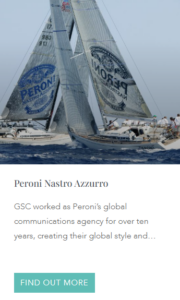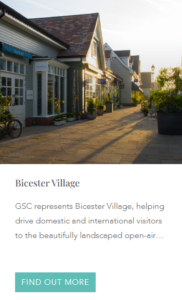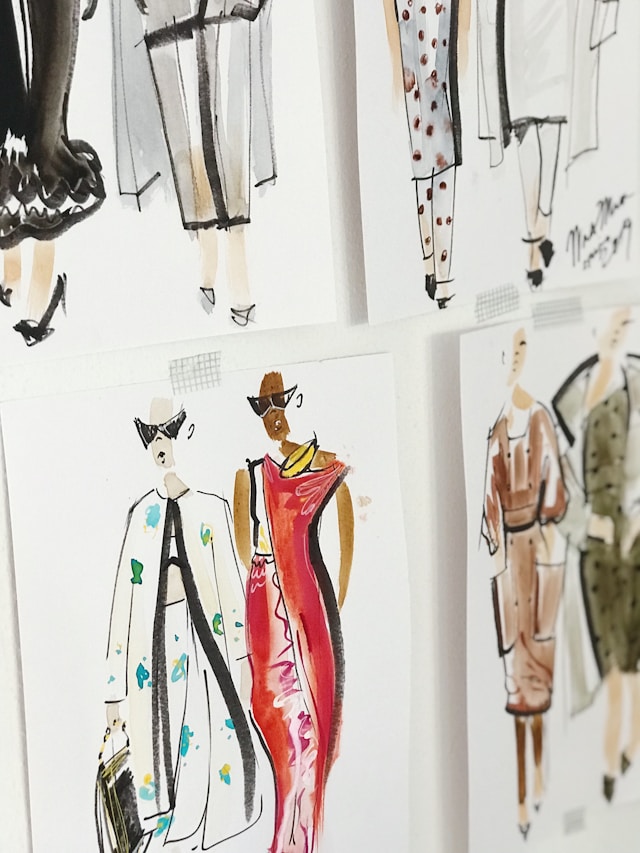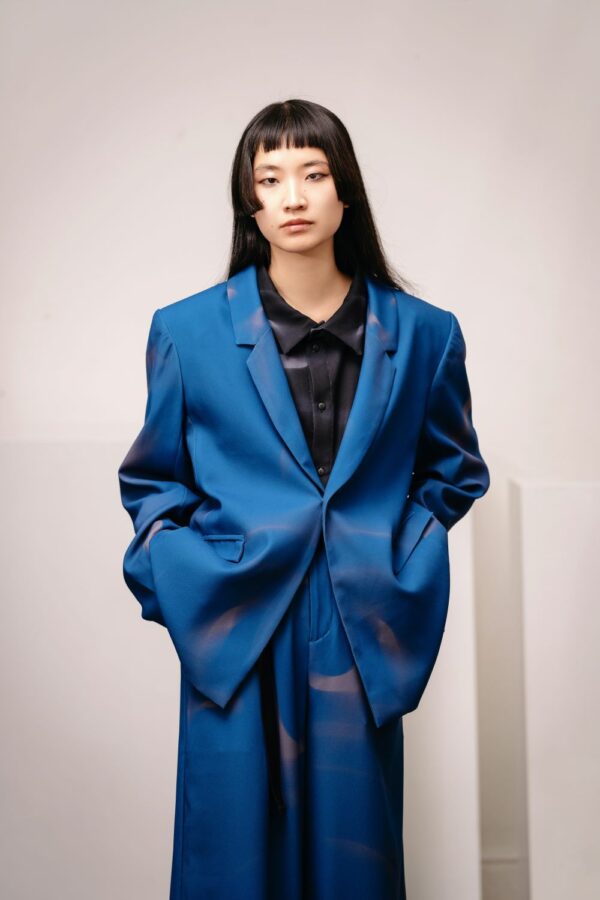Our Top 5 Global Luxury Insights
From our comprehensive intelligence gathering in Q1 and Q2, we have identified the top five luxury insights sourced from our network, industry authorities, curators, connoisseurs, and trusted advisors to UHNWIs. As valued members of our community, we are pleased to share this insider intel with you.
1. The shift from overt brand displays to sophisticated subtlety, where discerning consumers are increasingly selecting nuanced luxury indicators that signal exclusivity through insider knowledge rather than flashy brand identifiers. This represents a maturation of APAC luxury markets where prestige is defined by refined aesthetics and craftsmanship rather than obvious status displays.
2. Simplicity in luxury — where uncompromising attention to detail creates comfort and authentic community rather than elaborate displays. This approach builds stronger brand loyalty than ostentatious complexity.
3. True luxury remains resilient through vertical integration of craftsmanship and family ownership, both of which provide authenticity and long-term vision over quarterly returns. The future belongs to houses that preserve their heritage while embracing cultural integration.
4. Clienteling sits at the heart of luxury brand loyalty. As the first touchpoint for many consumers, sales representatives must be equipped with extensive knowledge to communicate a brand’s heritage and values with authenticity and depth. When storytelling is purposeful and emotionally resonant, it transforms transactions into relationships, building emotional currency that fosters lasting loyalty
5. There is high-potential in embracing local craftsmanship and partnerships as creative fuel — brands expanding into new markets and reinvigorating current ones ones can benefit from investing in on-site collaboration with local artisans to discover new expressions of excellence and further brand innovation.
Read More:





